Learn tips from the pros for identifying cardiac tamponade without delay
Status Asthmaticus
Approach to recognition and management of severe asthma exacerbations
Patellar Dislocations
How to identify, treat, and continue to manage patellar dislocations. Outlined by Emergency Medicine Residents and commented on by attending faculty at Northwestern Memorial Hospital.
Chemical Riot Control Agents
What should you do for patients who fall victim to riot control agents?
Myxedema Coma
A guide to recognize and manage the severe end of the spectrum of hypothyroidism
Environmental Sustainability in the Emergency Department
The interrelationship of emergency medicine and climate change and how to prioritize sustainability.
Human Trafficking in the Emergency Department – Identification and Approach to Suspected Victims
The author underscores the central position the emergency provider may hold in identifying and supporting victims of trafficking
Emergency Presentations of GLP-1 Agonist Complications
A synopsis of common adverse effects of GLP-1 agonists and their management
Phlegmasia Cerulea Dolens: A Case
An engaging and discussion of the severe end of the spectrum of DVT
Massive Transfusion Protocol
An overview of Massive Transfusion Protocol
Alcohol Use Disorder beyond "Metabolize to Freedom"
Overview of several different management strategies for Alcohol Use Disorder.
Hypertensive Emergency
An overview of diagnosis and management of Hypertensive Emergency.
Hydrofluoric Acid Dermal Burns
Overview of diagnosis and management of burns secondary to hydrofluoric acid.
Compartment Pressure Measurement: Using the Stryker Method
An overview of Compartment Pressure measurement using the Stryker Method.
Fascia Iliaca Block
Learn this helpful technique for pain control in lower extremity injuries
Facial Fractures: Frontal Bone and Orbit
Part II of a post discussing facial fractures. This post specifically discusses fractures of the frontal bone and orbit.
Facial Fractures: Midface and Mandible
Part I of a post discussing facial fractures. This post specifically discusses fractures of the midface and mandible.
STEMI to OMI: Rethinking who will benefit from PCI
EKG presentations of Occlusion Myocardial Infarction
SonoPro Tips and Tricks for Peripheral IV Access
Learn tips from the pros for ultrasound-guided IV access
Proning for ARDS
A review of proning in patients with ARDS

